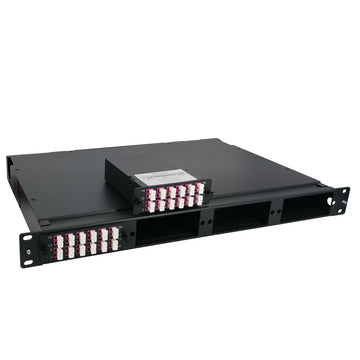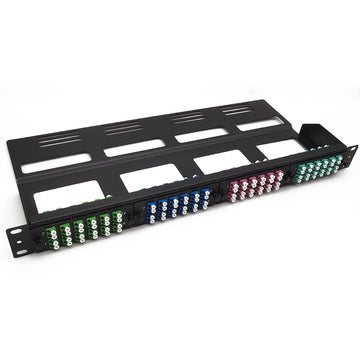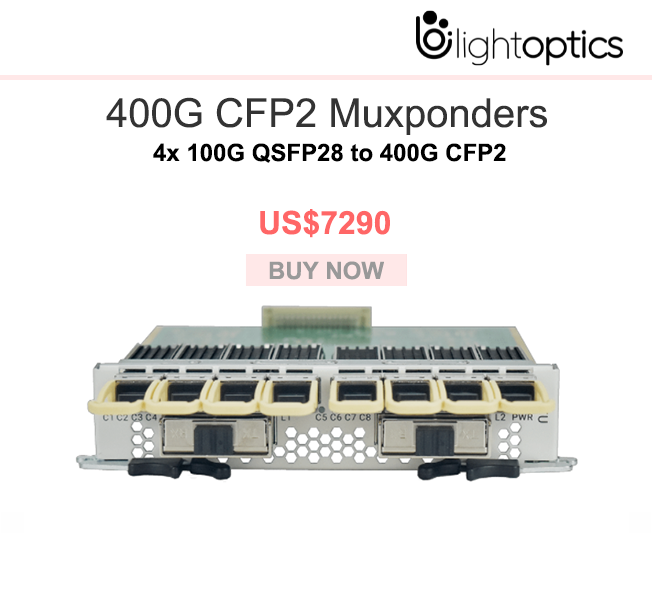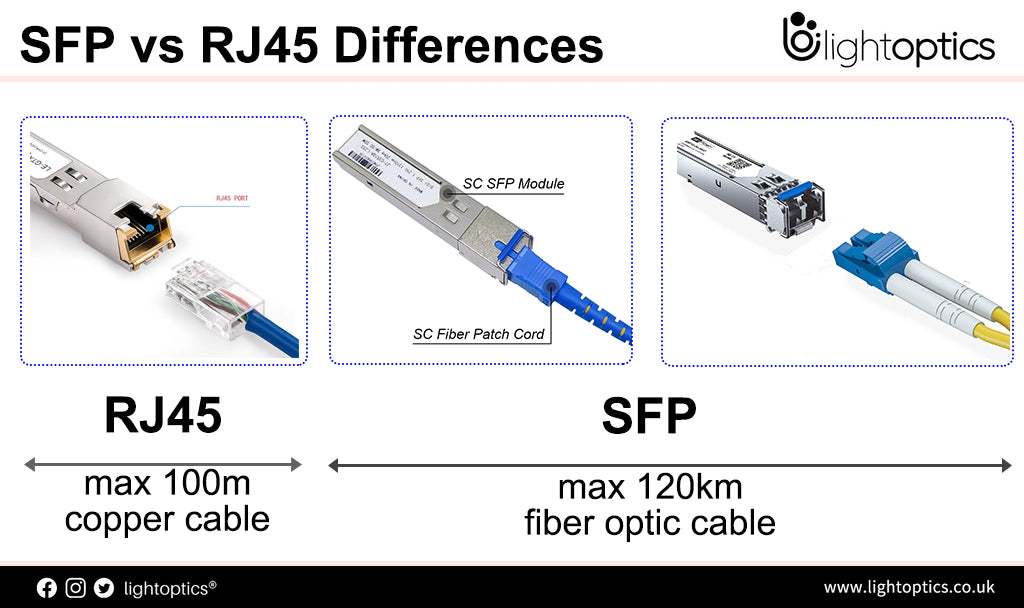-
Revolutionize Your 1G to 10G Network Migration with Combo BiDi
The Smarter, Scalable Way to Upgrade Your FTTx Network. Minimize Disruption, Maximize ROI. Upgrading your network shouldn't mean a costly, all-or-nothing overhaul. With the Combo Bi-Directional 1G/10G SFP, you can upgrade your network-side switch once—and seamlessly serve both existing 1G and new 10G customers from the same port. Scale incrementally, eliminate forced migrations, and start monetizing 10G services faster. Why Choose the Combo BiDi... -
800G / 1.6T Transceiver Test
Currently, major optical module manufacturers are utilizing 4-channel optical sampling oscilloscopes to enhance the TX test efficiency of their 400G/800G/1.6T module production lines. -
Understanding Fiber Cable Types
This article examines the different constructions of fiber optic cable and the common applications for each type. Jacket Compounds Riser Rated (common acronyms: CMR, CL2R, CL3R)Riser rated cables tend to be the least expensive cable format. They are typically used for wiring in vertical spaces from floor-to-floor in a building and have a basic fire rating. Riser rated cables are widely used in both... -
Why Need to Understanding Fiber Connectors: UPC vs. APC?
When picking fiber optic cable, you are often faced with two options – UPC or APC connector. What is the difference between them? Why you need to understanding them? UPC stands for Ultra Physical Contact connector. It refers to the connector with a flat polished end like in the image below. It achieves the best connection with another connector of this type. Light traveling through... -
What is QSFP112 and Why do we need QSFP112?
This article gives a detailed overview of 400G QSFP112 transceiver types, including their specs, benefits, and why do we need QSFP112. What Is QSFP112? QSFP112 is the module and cage/connector system based on current QSFP, targeting to support the 112Gb/s per lane speed in a 4x lane QSFP system and to enable the QSFP 400G interconnect ecosystem. This will greatly help the legacy QSFP... -
800G QSFP-DD Vs 800G OSFP: What are the differences
This blog will introduce the features of 800G QSFP-DD and 800G OSFP transceivers and explain the differences between them. QSFP-DD Transceivers QSFP-DD stands for Quad Small Form Factor Pluggable Double Density. What Double Density means? What’s the difference with the QSFP, QSFP28, QSFP56 and QSFP112? The 800G QSFP-DD and 400G QSFP-DD transceivers follow the same port densities system as the QSFP, QSFP28 and QSFP56... -
HDMI ARC vs. eARC: Which is Better for Your Home Theater System
Have you ever noticed ports labeled “HDMI ARC” or “eARC” behind your smart TV or other media players? To enjoy an immersive audio experience, you can connect your TV to a soundbar or AV receiver via these magic ports. However, due to lack of relevant knowledge, you might be still confused about whether you should use HDMI ARC/eARC, and which one you should choose... -
The difference of SFP 10G SR LR LRM ER and ZR
The difference of SFP 10G SR LR LRM ER and ZR SR, LR, LRM, ER and ZR are relatively common types in the 10G IEEE standard, but what's the difference between10g sfp SR, LR, LRM, ER and ZR? To figure out, we need to know the meaning of them first.In fiber optic communications, SR LR LRM ER and ZR are terms that stand for... -
What is the SFP Module? 2024 Best SFP Transceiver Guide
If you're familiar with Ethernet switches, you've likely come across the SFP module. These modules are ubiquitous in modern fiber optic networks, playing a crucial role in connectivity. But what exactly are they?This post serves as a comprehensive guide to the SFP module, covering its definition, working principle, various types, and applications.Let's delve into it. What is an SFP module? Before discussing the SFP... -
Fiber Color Code
Looking at a large amount of fiber optic cables without any guidance can be confusing. The fiber optic cable color code helps to know how to approach these cables identifying them in an easy way.If you want to understand more about this color system, this article will help you on that mission. What is Fiber Color Code? Fiber color code is a standard for...
Customer Service: sales@lightoptics.co.uk
Shopping Cart
0
Close
Your Cart
Your cart is currently empty.




























